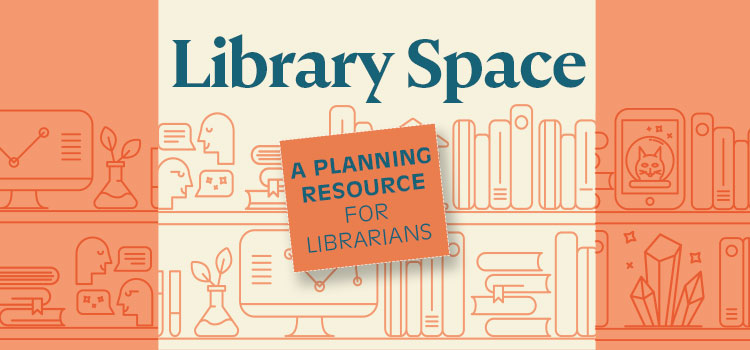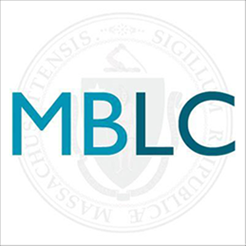
By Lauren Stara and Andrea Bunker, Library Building Specialists at the MBLC
Libraries all over the world are striving to satisfy the needs of their patrons during this pandemic, some in buildings and spaces that were inadequate prior to these unprecedented times. The staff of the Massachusetts Public Library Construction Program have been working to help librarians navigate their physical space needs and address pandemic related changes that may continue beyond these difficult times.
Last month, in collaboration with Sasaki, we released Library Space: A Planning Resource for Librarians, a planning tool that creates a formal set of best practices for designing library space that may be applied to libraries across the nation. The guide empowers librarians, administrators, space planners, and architects with tools for the planning and design of public library buildings. Early in December, we added a 4-page Pandemic Addendum, which aims to capture the knowledge and lessons learned from experts and practitioners who have been in the trenches of pandemic library services.
On December 10, 2020, we held a virtual “guided tour” of the document, to introduce the concepts and answer questions. We had representation from all types of libraries, – public, academic, and special, and librarians participated from all over the country, including from Georgia, Oregon, and Hawaii. The questions were thought-provoking, and many were focused on the Pandemic Addendum – not surprising since we’re all focused on the potential for lasting changes in the wake of COVID-19.
The core tenet of the main document, though, holds true in the addendum as well: planning with flexibility in mind.
Library services are changing and evolving at an astonishing rate, and bricks-and-mortar buildings are often not designed to keep up. This reality was spotlighted in 2020, as library buildings closed and later reopened with limited services and often jury-rigged barriers and pathways. Librarians improvised quarantine procedures for collections and figured out how to circulate materials with as little physical contact as possible. While we know the pandemic will end, we predict there are some services and considerations that will continue indefinitely:
- Curbside is here to stay: It’s so convenient for patrons that we don’t think the public will let us stop it. We need to modify or plan new buildings to accommodate amenities such as outdoor pickup lockers and walk-up or drive-through service points.
- Outdoor programming: We need to maximize the potential for activities that take advantage of fresh air when weather permits. Even in bad weather, an outdoor area with a roof and/or portable exterior heaters can work for library services just as well as for restaurants.
- Attention to HVAC and indoor air quality: Virus transmission is enabled by stagnant indoor air. We think new and renovated buildings will pay much closer attention to the design of their mechanical systems, and existing buildings should assess and upgrade their ventilation and filtration where possible.
- Furniture choices: While we look to hospital-grade furniture now, we think there will be a revolution in materials for furniture in the next few years, to increase the ability to clean and disinfect easily.
Many aspects of library design will remain the same, regardless of these extraordinary circumstances. Please visit the MBLC’s website to download both the main pdf and the Pandemic Addendum, or to view Library Space via ISSUU.
